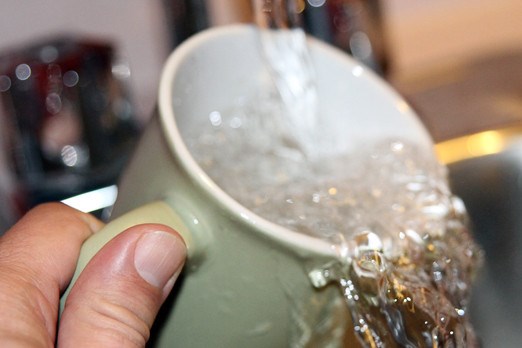THUNDER BAY -- Local residents can rest assured the water they’re drinking from the tap gets the province’s stamp of approval.
Thirteen years ago, seven people died when the water in Walkerton, Ont. became contaminated. The tragedy led to universal changes in the province’s approach to drinking water, including a mandate for a comprehensive source protection plan.
On Wednesday the communities of Thunder Bay and Rosslyn Village became the first in Ontario to have their plan approved under the Clean Water Act, said Bob Hartley, chairman of the Lakehead Source Water Protection, one of 19 similar agencies throughout the province.
“Walkerton was a tragedy. A lot of people died and a lot of people are still sick from it. As a result, when you examine the whole water systems, you look to where possibilities of impairments could occur,” Hartley said.
“We did that very closely, both in the city and in Rosslyn (Village). And a result, we believe when you turn the tap on you’re getting just water out of the tap.”
Asked about danger areas, Hartley said Thunder Bay, which took part in formulating the plan, is actually rather fortunate.
“Because Lake Superior is such a large body of water and the city in its wisdom put the intake down low enough so we’re not getting a problem with effluent and stuff like that.
"The city actually probably has one of the finest water systems in the world, in our opinion.”
In Rosslyn Village a number of protections were designed for septic systems to make sure the two wells that serve 29 homes in community were safe.
Thunder Bay was already ahead of the curve, said Hartley, a retired biologist.
“In the City of Thunder Bay we found no significant threats because of the size of the lakes and where the input is. But we designed a number of criteria to make sure that’s going to continue into the future,” Hartley said.
Careful attention was paid, for example, to the location of ships anchoring in the area of the intake, to avoid effluent from being mixed with the city’s drinking water at any point in the process.
MPP Michael Gravelle (Lib., Thunder Bay-Superior North) said he’s thrilled to see the Lakehead plan approved ahead of the other 18 source protection regions in Ontario.
“This plan will certainly enhance the health and quality of life of northern families for generations to come. I would like to thank everyone involved,” he said in a release.
Fellow MPP Bill Mauro (Lib., Thunder Bay-Atikokan) echoed his sentiments.
The Lakehead Source Protection Committee has done a wonderful job of working with its partners wo develop a plan that best addresses our drinking needs,” Mauro said in the same release.
Since 2004 Ontario has spent more than $200 million on source protection planning.
